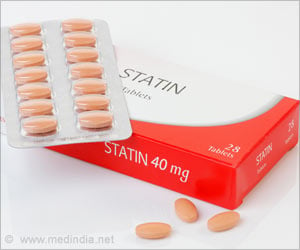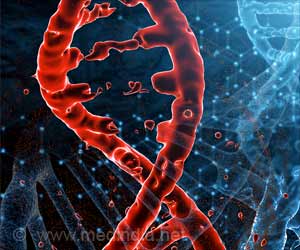The spectacular success of gene therapy for genetic retinal disorders might translate into a platform for treating more common diseases of the eye.

‘The spectacular success of gene therapy for genetic retinal disorders might translate into a platform for treating more common diseases of the eye.’





The article is available free on the Human Gene Therapy website. In the article entitled "Lentiviral Vector Gene Transfer of Endostatin/Angiostatin for Macular Degeneration (GEM) Study," Peter Campochiaro, MD and coauthors from The Wilmer Eye Institute, Johns Hopkins University School of Medi-cine (Baltimore, MD), Casey Eye Institute, Oregon Health & Science University (Portland, OR), University of Iowa Hospitals and Clinics (Iowa City), and Oxford BioMedica (Oxford, U.K.) present the design and results of the Phase 1 clinical trial. Each study participant received treatment in one eye consisting of a subretinal injection of a viral vector engineered to deliver two therapeutic genes, endostatin and angiostatin, each of which blocks the formation of blood vessels to combat the progression of NVAMD.
"It has been the hope that the spectacular success of gene therapy for genetic retinal disorders would translate into a platform for treating more common diseases of the eye," says Editor-in-Chief Terence R. Flotte, MD, Celia and Isaac Haidak Professor of Medical Edu-cation and Dean, Provost, and Executive Deputy Chancellor, University of Massachusetts Medical School, Worcester, MA.
"Dr. Campochiaro's pioneering work on age-related macular degeneration (AMD) demonstrates the feasibility of such an approach for one of the most common vision-threatening disorders, and one whose incidence is rising dramatically as our population ages."
Source-Eurekalert









